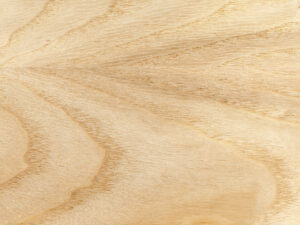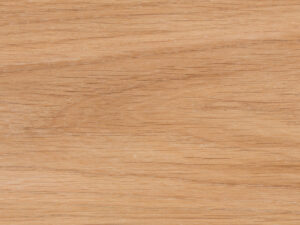Something we love about gamers—especially tabletop and board games players—is their attention to detail, their creativity, and their imagination. The same is true of woodworkers and craftsmen. Both groups see a story and a work of art to be shaped by their craft. As people who belong to both of these groups, we want to encapsulate this spirit in our gaming tables. One of the defining factors for any work of art is the medium from which it’s crafted. Gaming tables are certainly no exception: the type of wood used to create the table has a permanent impact on the table itself. This is because different types of wood have different characteristics, so let’s talk about some of them.
Download our Game On! Products Color Guide
HARDWOOD VS SOFTWOOD
Wood falls into one of two categories: hardwood and softwood. What is interesting about these names is that they say more about the type of tree the wood comes from, rather than the wood itself.
Hardwood comes from trees which bloom in the spring and produce seeds—called Angiosperms—which lose their leaves every year in the autumn. These trees tend to grow very slowly and in irregular patterns, which gives the wood itself different patterns and densities. These are woods like mahogany, walnut, and maple.
Softwood generally comes from evergreen trees—or gymnosperms—which produce needles and drop seeds in the form of pinecones. These trees usually grow rather quickly and in very regular patterns. These woods are often composed of a loose grain, which means they are softer and less dense. When the wood is crafted, it is easier to work with and easier to cut into long, straight planks. Such famous softwoods include pine, spruce, and fir.
We work exclusively with hardwoods when we make our tables, so let’s talk about some of the qualities of our three favorite hardwoods: maple, oak, and ash.
MAPLE
Maple is a tough, heavy-duty wood. In fact, the wood’s moisture-resistant properties, alongside its strength, means it can withstand years of wear and tear. It is often pale in color, which lends itself well to staining and refinishing. All these reasons are why craftsman favor maple as one of their preferred woods to work with for furniture and flooring.
OAK
Oak is another wood which is hard-wearing and heavy. In fact, an oak tree’s wood is so heavy-duty that it is able to resist the growth of fungus. Oak is also known for having open wood grain markings. The wood comes in one of two shades: white oak, which is a grey/brown color, and red oak, which has a more prominent red coloring. Between the two, we most often work with red oak. Oak can also be finished using oil or the natural finish can be used for furniture, cabinetmaking, and flooring.
ASH

The last wood we’ll talk about is ash. Ash, while another tough wood like maple and oak, has an added benefit: the wood has a pliable quality which makes it ideal for making bent pieces of furniture such as a curved backrest for a chair. The wood is also great for its nailing, gluing, and screw-holding properties. In terms of coloring, ash usually comes in creamy white or grey, often featuring reddish-brown streaks. Ash can be finished in many ways and can be used for furniture, flooring, and even baseball bats.
Of course, these are just three of the hundreds of species of wood available to craftsmen all over the world, which is why woodworkers need to be deliberate about the wood they choose to work with. The three woods we’ve discussed here are standard for Game On Tables selections, but we also craft customized gaming furniture from a spectrum of hardwoods including walnut, cherry, purple heart, and hickory.
Choosing the right wood for the project must be the first step taken when beginning a new project—taking advantage of the wood’s natural strengths while minimizing its weaknesses. This is just one secret the craftsmen at Game On Tables use to create our exquisite gaming tables.



